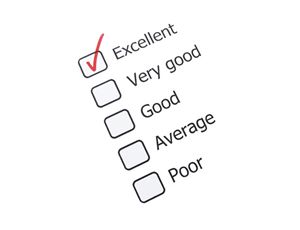Are you satisfied with our performance?
The solicitation of a customer’s opinion, whether it takes place through a consultation or directly on the screen during the visitation of a website of a firm, is nowadays a well-tested means to obtain information about products, processes, employee performance, customer loyalty and customer satisfaction. By means of standardized and easily modified questionnaires, which also include as a rule some open questions, information on such matters is gathered quickly and without great expense.
What is missing from this, however, is the general correspondence with the customer or the exchange of messages among the customers.
The CEA Customer Feedback Model and the deployment of the Text Analytics technology makes it possible to evaluate answers to unstructured open questions with the same comfort, but with the higher quality than by structured closed questions. Since the open questions facilitate a more detailed purview, it is not only possible to discern the extent to which the customer is dissatisfied with the service, but also to find out exactly what was the source of irritation.
In order to obtain representative results, CEA is able to expand the issue to address customers through Emails and newsgroups as well as social networks so that the results can then be consolidated into a single report or a set of reports which permits comparison of the results for the different channels.
Advantages of CEA Customer Feedback
- Unified Analysis for multiple channels and languages for comprehensive Customer Feedback
- Minimum manual effort with high quality results
- No additional tools are necessary since the general customer correspondence and the social media can be evaluated separately
- Dynamic models which can be adapted to every situation or to new challenges



